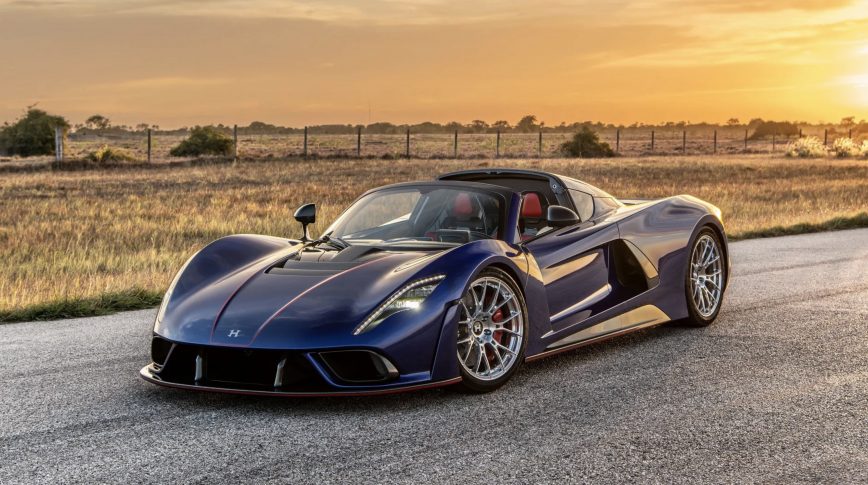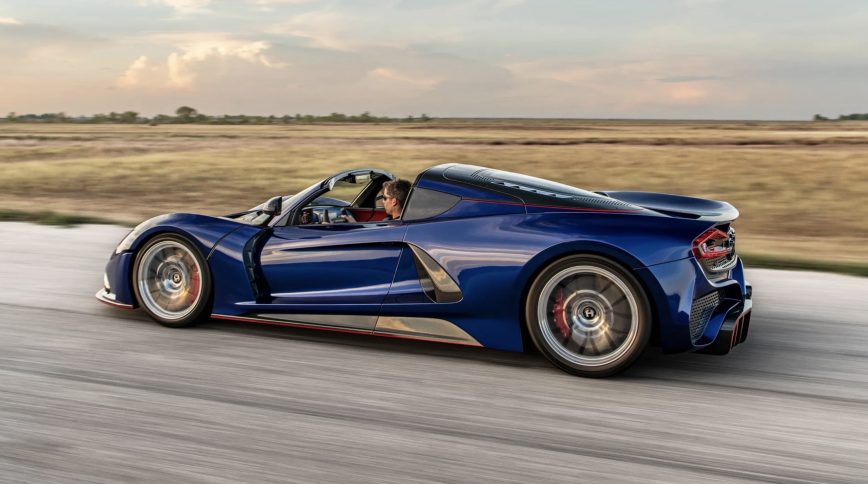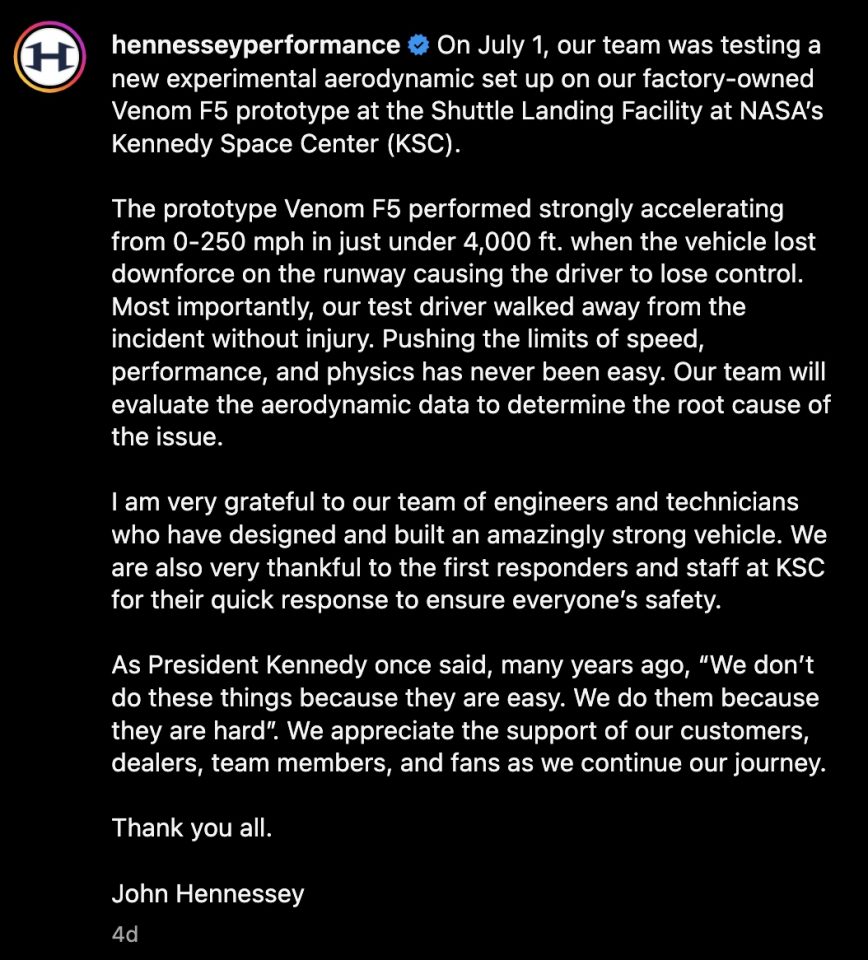New Hennessey Venom F5 crash at 250 MPH test

High-Speed Drama at Kennedy Space Center
Earlier this month, a dramatic incident unfolded at the Kennedy Space Center in Florida. A test driver for supercar manufacturer Hennessey miraculously walked away unscathed after a 250-mph crash involving the Venom F5. John Hennessey, the company’s founder, shared details about the incident on Instagram, highlighting the resilience of the driver and the car.
The High-Stakes Test

The Hennessey team was in the middle of testing a new aerodynamic setup for their powerhouse supercar, the Venom F5. Released in 2020, the Venom F5 boasts an astonishing 1,817 horsepower. The team aimed to push the boundaries of speed and performance, but things took a turn when the car lost downforce at 250 mph, causing the driver to lose control. Despite the high speed and potential danger, the driver emerged without any injuries, showcasing both skill and luck.
Investigating the Incident
The exact cause of the crash remains unknown. Hennessey and his team are currently analyzing data to uncover the root cause. “On July 1, our team was testing a new experimental aerodynamic setup on our factory-owned Venom F5 prototype at the Shuttle Landing Facility at NASA’s Kennedy Space Center (KSC),” Hennessey explained.

The prototype showed impressive performance, accelerating from 0 to 250 mph in just under 4,000 feet. However, the vehicle lost downforce on the runway, leading to the loss of control. Hennessey emphasized the importance of understanding this issue to prevent future incidents. “Pushing the limits of speed, performance, and physics has never been easy,” he noted.
Hennessey Venom F5 Goes AIRBORNE, Near CRASH!
A Grateful Acknowledgment
John Hennessey expressed immense gratitude towards his team of engineers and technicians for designing and building such a strong vehicle. He also thanked the first responders and staff at KSC for their swift action in ensuring everyone’s safety. Drawing inspiration from President Kennedy’s words, Hennessey reiterated the challenges of pushing boundaries: “We don’t do these things because they are easy. We do them because they are hard.”

The Venom F5: A Beast in the Making
Hennessey proudly markets the Venom F5 as the fastest production vehicle on the planet, with a claimed top speed of 311 mph. However, no official attempt to reach this speed has been recorded yet. The reason behind the new aerodynamic testing remains unclear, but the test location suggests an effort to improve straight-line speed.
1817 HP Venom F5 Engine Named “FURY” Dyno Testing
What’s Next for the Venom F5?
Details about the condition of the test car and the crash remain scarce. There is also no timeline for Hennessey’s next top-speed test. The damage to the vehicle is currently unknown, but fans and enthusiasts are eager to see an American car break the 300-mph barrier. The recent incident underscores the risks and challenges involved in high-speed automotive innovation.

Looking Forward
Despite the setback, Hennessey’s commitment to pushing the limits of automotive performance remains unwavering. The team continues to work on understanding the aerodynamic issues and making necessary adjustments. The crash serves as a reminder of the inherent risks in high-speed testing, but it also highlights the resilience and dedication of the Hennessey team.
The Venom F5’s 250-mph crash during high-speed testing at the Kennedy Space Center was a dramatic and sobering reminder of the challenges faced by those pushing the boundaries of automotive performance. John Hennessey’s gratitude towards his team and the first responders reflects the collaborative effort behind these ambitious projects. As the team works to analyze the crash data and make improvements, the automotive world watches with anticipation for the next chapter in Venom F5’s journey toward breaking the 300-mph barrier.

